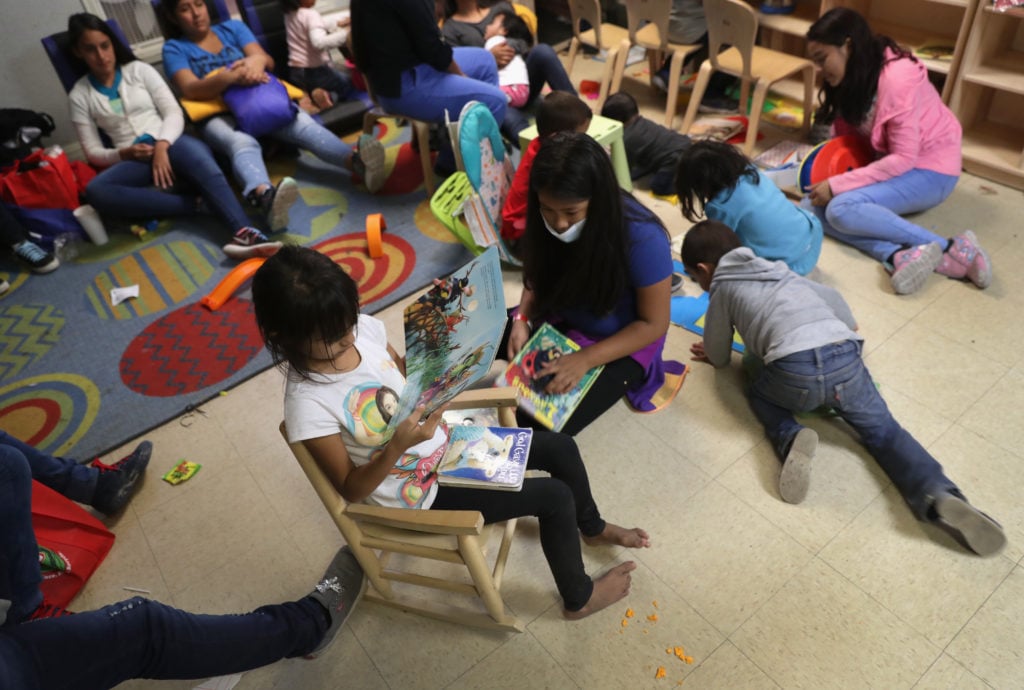Politics
The Smithsonian Is Looking Into Acquiring Disturbing Drawings Made by Migrant Children at the US Border
The images of people behind bars and in cages reflect a frightening experience.

The images of people behind bars and in cages reflect a frightening experience.

Taylor Dafoe

The Smithsonian’s National Museum of American History is weighing the acquisition of a cache of drawings by migrant children who were held in detention centers for its permanent collection.
On July 4, a curator from the museum reached out to the American Academy of Pediatrics after the organization released a series of melancholic drawings done by children who had been separated from their parents and were held in custody by the US government. A representative from the Smithsonian confirmed the news to artnet, explaining that the curator’s effort was part of an “exploratory process” and that no acquisitions had yet been made.
“The museum has a long commitment to telling the complex and complicated history of the United States and to documenting that history as it unfolds, such as it did following 9/11 and Hurricane Katrina, and as it does with political campaigns,” the representative said in a statement.
The drawings, which depict figures behind bars and in cages, were done last month by three 10- and 11-year old children at the Catholic Charities Humanitarian Respite Center in McAllen, Texas, where they were put up after being released by border patrol separately from their parents.
The Smithsonian's National Museum of American History has inquired about obtaining disturbing drawings by migrant children that depict figures with sad faces behind bars https://t.co/f1vRu50U2W pic.twitter.com/oLHzvjq1iZ
— CNN (@CNN) July 8, 2019
Staff at the center asked them to recount their time in custody through illustrations, which have since been published by CNN.
“The fact that the drawings are so realistic and horrific gives us a view into what these children have experienced,” Colleen Kraft, the former president of the American Academy of Pediatrics, told CNN. “When a child draws this, it’s telling us that child felt like he or she was in jail.”
As the statement from the Smithsonian suggests, this is not the first time curators at the National Museum of American History have sought out collectible artifacts during, or in the immediate aftermath of, era-defining events.
Days after September 11, 2001, a team of curators and other museum staff traveled up to Ground Zero to collect objects representative of the attacks and rescue efforts. Among the objects to later enter the museum’s collection were a banged-up fire truck door, a structural joint from the World Trade Center buildings, and a cell phone used by Rudolph Giuliani, then the mayor of New York.
A similar effort was mounted by the museum in 2005, when a group of curators traveled to down to the Gulf Coast in the wake of Hurricane Katrina.